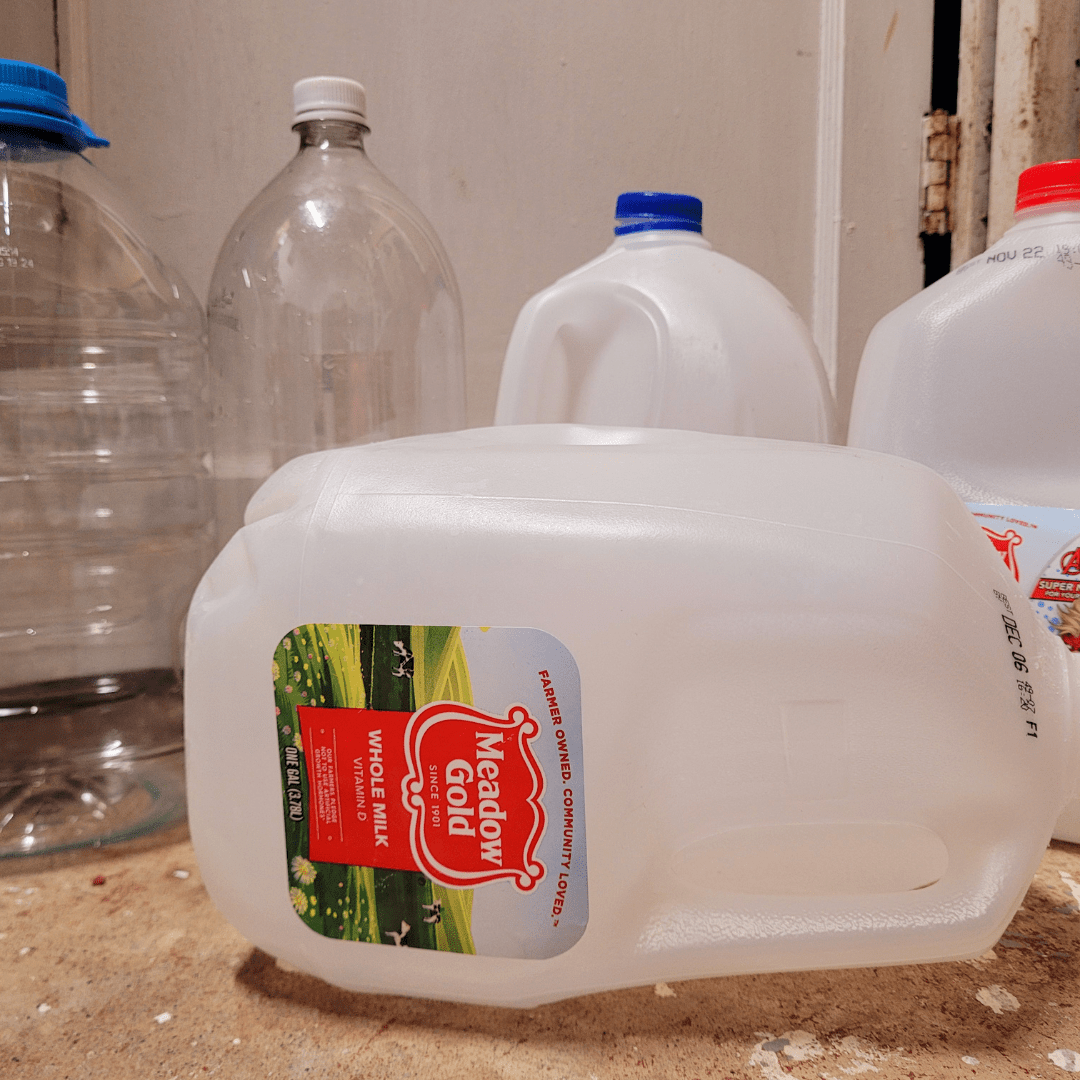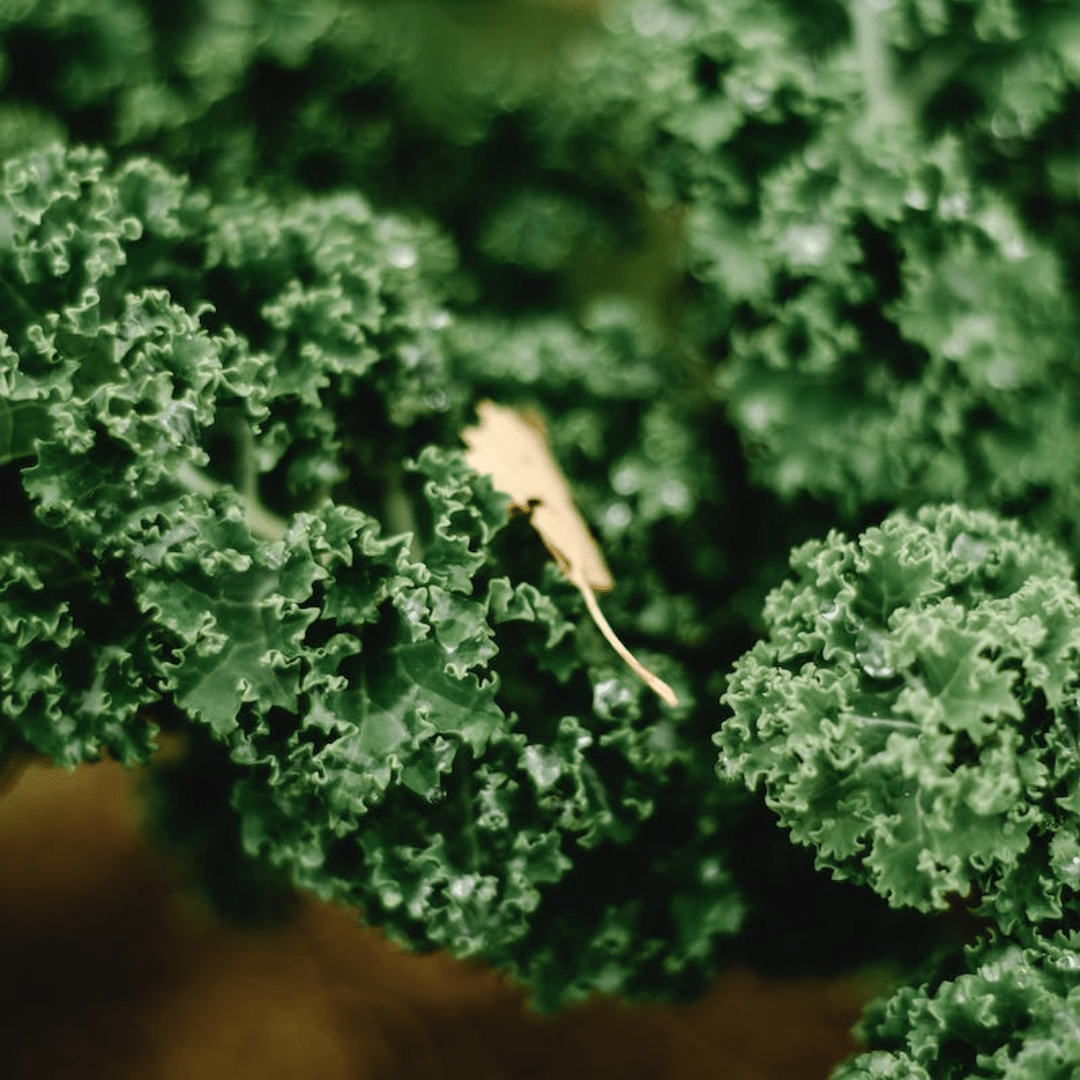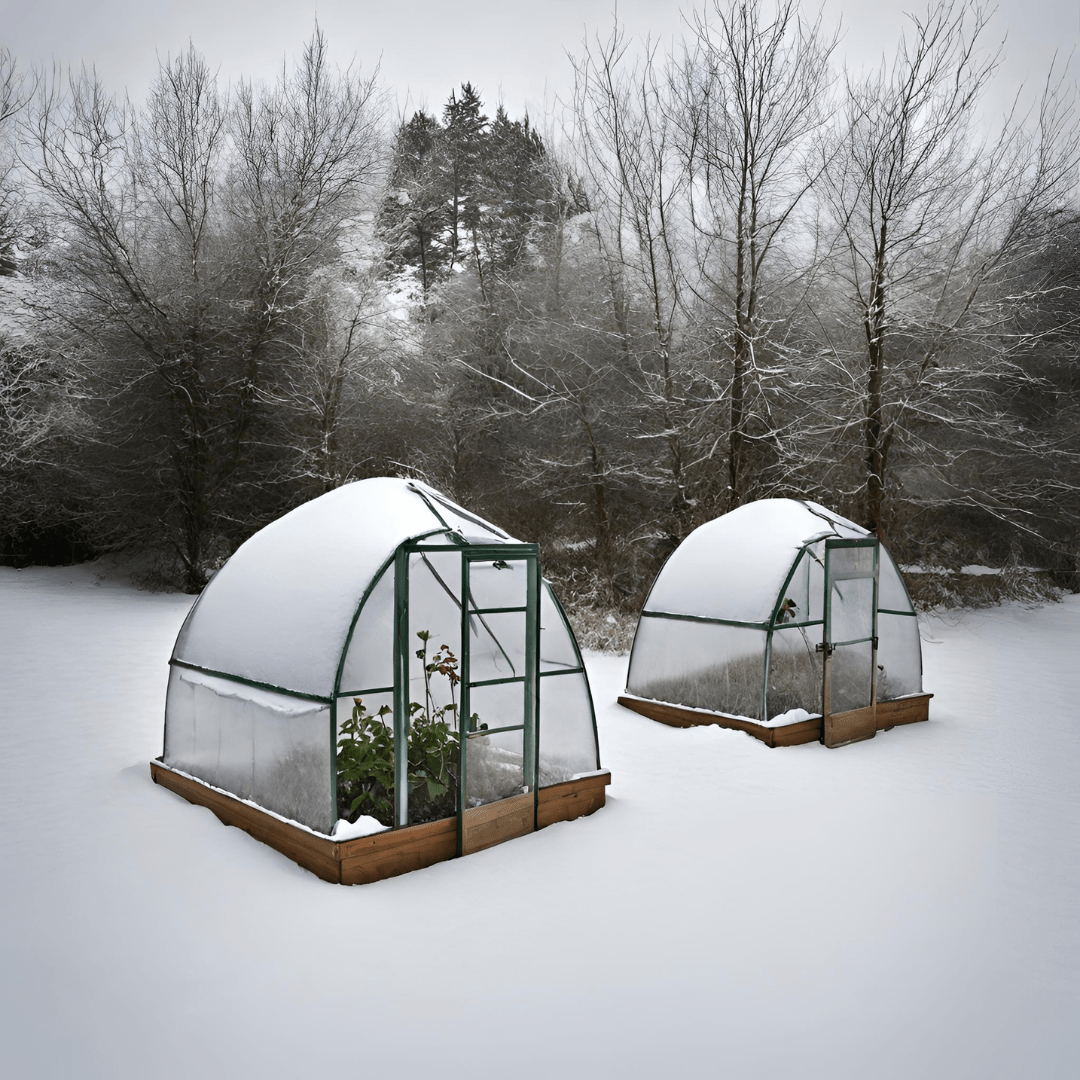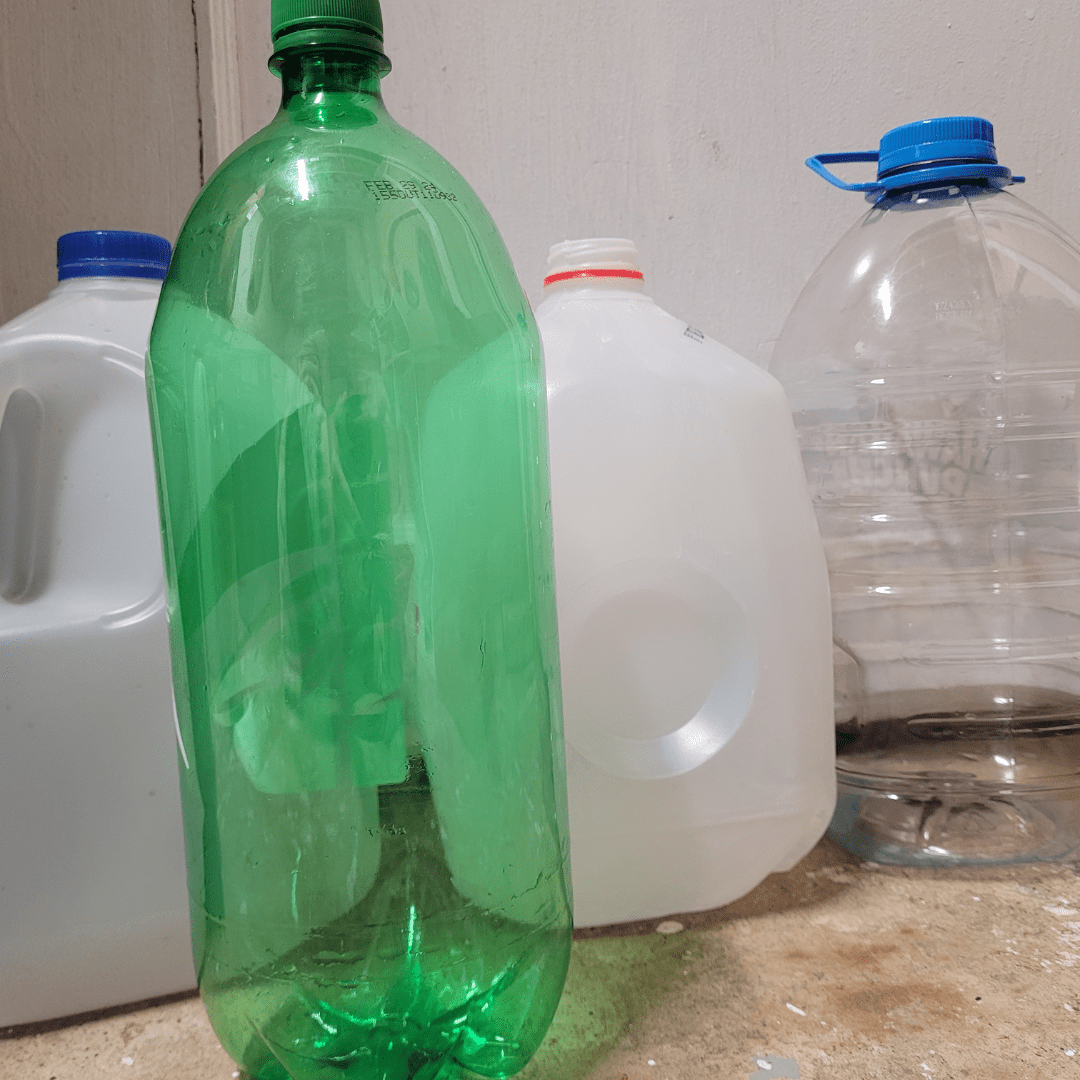Successful winter sowing for vegetables.
What Is Included in This Post:
- Introduction to Winter Sowing for Vegetables in Containers
- Advantages of Winter Sowing for Vegetable Container Gardening
- Selecting the Right Vegetables for Winter Sowing in Containers
- Best Practices for Winter Sowing in Containers
- Tips for Successful Winter Sowing and Germination
- Managing and Caring for Vegetables in Containers during Winter
- Conclusion
- Frequently Asked Questions
Container gardening has become increasingly popular among gardening enthusiasts, offering the flexibility to grow a wide variety of plants even in limited spaces. While most people associate gardening with the warmer months, winter sowing in containers presents a unique opportunity to extend the growing season and enjoy homegrown vegetables throughout the colder months. Winter sowing involves sowing seeds in containers during the winter, allowing them to experience natural cold stratification, which promotes germination and robust growth once spring arrives. In this article, I will explore the numerous benefits of successful winter sowing for vegetables in containers, providing insights, tips, and best practices to help you make the most of this innovative gardening technique.
This is a pinnable post. Tap or hover over any image in this post to pin to your Pinterest Boards.

Introduction to Winter Sowing for Vegetables in Containers
Understanding the Concept of Winter Sowing
Winter sowing in containers is like the gardening equivalent of sending your veggies off to a luxurious winter vacation. Instead of babying your plants indoors under artificial lights and excessive coddling, winter sowing allows them to brave the elements and toughen up on their own. It’s like giving your vegetables a crash course in survival skills so they can flourish when it’s time to hit the garden!
Advantages of Winter Sowing for Vegetable Container Gardening
Extended Growing Season :Successful Winter Sowing for Vegetables
With winter sowing, you get to cheat Mother Nature and extend your growing season. By starting your seeds in the winter, they’ll have a head start once the warmer weather rolls around. It’s like giving your veggies a VIP pass to beat the rush and get a prime spot in the gardening world.
Natural Cold Stratification for Seeds
Winter sowing takes advantage of nature’s wisdom by giving seeds the cold treatment they need. Some seeds, like those from certain flowers or veggies, require a period of cold stratification to break dormancy and germinate. By exposing them to the cold temperatures of winter, you’re giving them the wake-up call they need to sprout and thrive.
Cost-Effective and Environmentally Friendly
Winter sowing is not only good for your plants, but it’s also good for your wallet and the environment. Instead of investing in expensive indoor grow lights or heating systems, you can let nature do the work for you. Plus, by reusing containers and materials, you’re reducing waste and showing the planet some love.
Selecting the Right Vegetables for Winter Sowing in Containers
Choosing Cold-Tolerant Vegetable Varieties
Not all vegetables are created equal when it comes to winter sowing. It’s important to choose cold-tolerant varieties that can handle the fluctuations in temperature. Look for vegetables like kale, spinach, and carrots that are accustomed to cold climates and won’t throw a fit when faced with a chilly night.
Considerations for Container Size and Space Requirements
When selecting containers for winter sowing, think big. Give your veggies room to stretch their roots and grow. Opt for larger containers that allow for proper drainage and ample space for the plants to flourish. Remember, bigger containers mean happier plants and happier plants mean tastier veggies.
Best Practices for Winter Sowing in Containers :Successful Winter Sowing for Vegetables
Preparing Containers for Winter Sowing
Before sowing your seeds, it’s essential to prep your containers. Clean them thoroughly and make sure they have drainage holes to prevent waterlogged roots. You can also add a layer of gravel or small rocks at the bottom to improve drainage and keep your plants from drowning.
Properly Sowing Seeds in Containers :Successful Winter Sowing for Vegetables
When it comes to sowing seeds, a light touch is key. Sprinkle them gently on the soil surface, making sure to space them out to avoid overcrowding. Cover them with a thin layer of soil or vermiculite and give them a gentle pat. Think of it as tucking your veggies in for a cozy winter nap.
Providing Adequate Drainage and Moisture Control
While winter sowing in containers gives your plants a taste of the great outdoors, they still need your help to regulate moisture. Make sure your containers have proper drainage to avoid waterlogged soil and check the moisture level regularly. You don’t want your veggies to drown or dry out, so find that sweet spot and keep them hydrated in moderation.
Tips for Successful Winter Sowing and Germination :Successful Winter Sowing for Vegetables
Protecting Seeds and Seedlings from Extreme Cold
Winter sowing is all about finding that balance between exposing your seeds to the elements while still keeping them protected from extreme cold. Consider using mini greenhouses or clear plastic covers to shield your containers without suffocating your seeds. Just like wrapping yourself up in a cozy blanket, your seeds will thank you for the warm embrace from the harsh winter winds. Milk jugs and clear totes work great for mini greenhouses!
Monitoring and Adjusting Moisture Levels :Successful Winter Sowing for Vegetables
Finding that sweet spot when it comes to moisture levels can be a bit tricky. You don’t want your soil to dry out completely, but you also want to avoid drowning your little seedlings. It’s all about that Goldilocks approach – not too wet, not too dry, but just right. Keep an eye on the moisture levels and adjust accordingly, because no one likes soggy feet!
Optimizing Light Exposure and Temperature
Who would’ve thought that vegetables could be such divas? They crave just the right amount of light and temperature to thrive. Make sure your containers are placed in an area that receives enough sunlight during the day. And if the mercury drops, consider giving your plants a little extra warmth with the help of a heat mat or a cozy blanket (or maybe just a snuggly bubble wrap sweater for your container).
Managing and Caring for Vegetables in Containers during Winter
Protecting Containers from Freezing Temperatures
Containers may be versatile, but they aren’t fond of freezing temperatures. To keep them in tip-top shape, you’ll want to provide some insulation. Wrap your containers in bubble wrap to keep the cold at bay. The bubble wrap is clear and provides ample sunlight to reach the seeds and seedlings. Trust me, your plants will appreciate the extra layer of warmth, and you’ll look like the trendiest gardener in town.
Watering and Fertilizing Techniques for Winter Growth :Successful Winter Sowing for Vegetables
Just like humans, plants need water to survive. But during the winter, you’ll want to adjust your watering schedule. Give your vegetables a good drink whenever the top inch of soil feels dry, ensuring that they’re hydrated, but not drowning. As for fertilizer, go easy. Too much of a good thing can be harmful, so use a diluted liquid fertilizer every few weeks to give your plants a gentle boost.
Conclusion
Winter sowing for vegetable container gardening offers a host of benefits for cost-effective seed starting. This method allows you to enjoy seed starting even when snow covers the ground. By following these tips and caring for your winter-sown vegetables, you’ll not only have a bountiful harvest, but also a sense of accomplishment and connection to nature.
Winter sowing for vegetables in containers offers a wealth of benefits for gardeners looking to maximize their growing season and enjoy a bountiful harvest. By understanding the concept of winter sowing, selecting suitable vegetable varieties, and following best practices, you can successfully cultivate a thriving container garden throughout the colder months. From extended growing seasons and natural seed stratification to cost-effectiveness and environmental sustainability, winter sowing opens up a world of possibilities for vegetable container gardening. So why wait? Start embracing the benefits of winter sowing and experience the joy of growing your own fresh, homegrown vegetables year-round. So grab your seeds, and your containers, and let the winter gardening adventure begin!

Frequently Asked Questions
1. Can I winter sow vegetables in any type of container?
Yes, you can winter sow vegetables in various types of containers such as plastic pots, seed trays, recycled containers, or even milk jugs. The key is to ensure that the container has proper drainage holes to prevent waterlogging and has enough space for the roots to grow and are clear for sunlight to enter.
2. Do I need to provide any additional protection for the containers during winter?
In most cases, the containers themselves provide enough insulation for the seeds and seedlings during winter. However, you can use additional protective measures like covering the containers with plastic or placing them in a sheltered location to provide extra warmth and protect them from extreme cold or frost.
3. Are there specific vegetables that are well-suited for winter sowing in containers?
Yes, some vegetables are more suitable for winter sowing in containers due to their cold tolerance and compact growth habit. Examples of vegetables that work well for winter sowing in containers include leafy greens like kale and spinach, root vegetables like carrots and radishes, and herbs like parsley and chives.
4. Can I start winter sowing in containers if I live in a region with mild winters?
Absolutely! Even if you live in a region with mild winters, winter sowing in containers can still be beneficial. It allows you to get a head start on your spring planting, take advantage of natural cold stratification, and enjoy a longer growing season for your vegetables.
Summary
I hope I have inspired you to try your skills at winter sowing with these tips and products.
If you were encouraged by this post, I invite you to check out my FREE Printables Page for fun free printables, planners, and charts.
ENTER MY FREE Printables Page HERE
Here are some more of my winter gardening inspiration posts to check out!
The Ultimate Guide to Choosing the Best Soil for Winter Sowing
Planning Your Garden: How to Plan a Vegetable Garden: Expert Green Thumb Tips!
Winterizing the Garden: How to Winterize Your Vegetable Garden: Step-by-Step Checklist
Mulching the Garden: How to Make Leaf Litter Mulch
How to Grow a Fall Garden: 9 Best Fall Crops
Blessings,
The Off Grid Barefoot Girl





